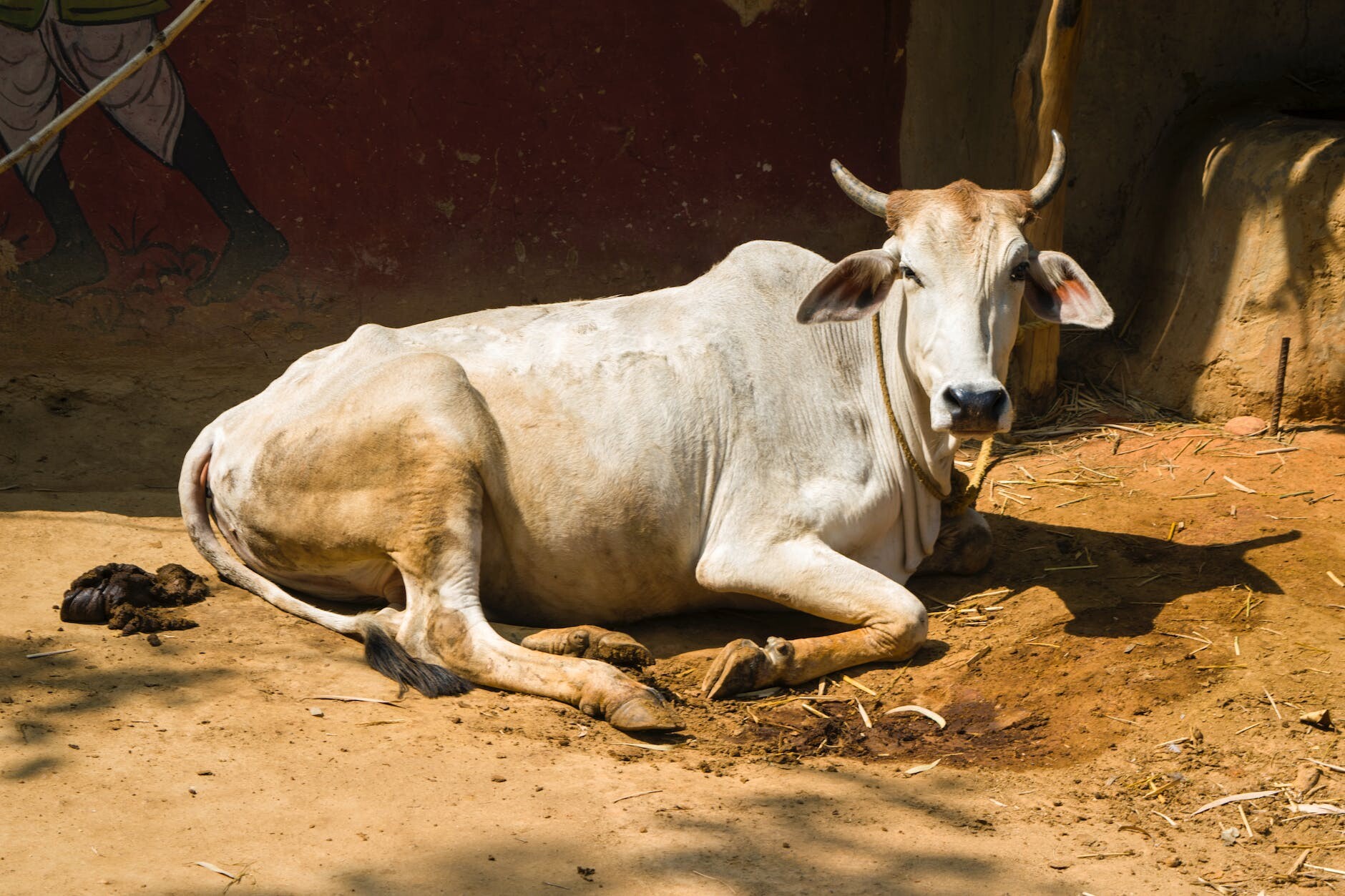Last updated on March 2nd, 2024 at 05:52 pm
Below is a list of problems facing beef farming in Kenya. Today, we’ll be discussing the numerous challenges that beef farmers in Kenya face. Despite being an essential sector in the country’s agricultural industry, beef farming encounters its fair share of obstacles. By shedding light on these challenges, we hope to generate awareness and explore potential solutions for the benefit of the industry and its stakeholders.
In no particular order here is a list of problems facing beef farming in Kenya:
1. Limited Access to Quality Breeds
One of the major challenges facing beef farming in Kenya is the limited availability of quality breeds. Many farmers struggle to access high-yielding cattle breeds that are suitable for beef production. This hampers their ability to meet market demands for quality beef and reduces overall productivity. Promoting initiatives such as breed improvement programs and facilitating access to improved genetics can help address this challenge.
2. Inadequate Feeding and Nutrition
Beef cattle require a well-balanced diet for optimal growth and production. However, many farmers face difficulties in providing adequate nutrition to their livestock due to limited resources and knowledge. Insufficient access to quality feeds and proper feeding techniques often lead to suboptimal weight gains and low-quality beef. Encouraging the adoption of improved feeding practices, promoting locally available feed resources, and providing training on effective feeding management can help overcome this challenge.
Also Checkout: Dairy keeping problems faced
3. Water Scarcity and Inadequate Infrastructure
In many regions of Kenya, water scarcity is a significant problem for beef farmers. Limited access to clean and sufficient water for both livestock consumption and hygiene purposes poses a considerable challenge. Additionally, inadequate infrastructure, such as water storage facilities and watering points, further exacerbates the issue. Investing in water harvesting techniques, promoting efficient water management practices, and developing appropriate infrastructure can help alleviate this problem.
4. Disease Control and Management
Disease outbreaks pose a constant threat to the beef farming industry in Kenya. Controlling and managing diseases such as East Coast Fever, Foot-and-Mouth Disease, and tick-borne diseases is crucial for ensuring healthy livestock and preventing economic losses. Enhancing veterinary services, promoting vaccination programs, and educating farmers about disease prevention and biosecurity measures are essential steps towards mitigating this challenge.
5.Market Access and Value Chain Constraints
Beef farmers in Kenya often face challenges in accessing reliable markets and establishing strong links in the value chain.
Inefficient marketing systems, limited market information, and inadequate infrastructure for transportation and storage hinder their ability to reach consumers and obtain fair prices for their products.
Strengthening market linkages, improving market information systems, and investing in cold storage and transportation infrastructure can help address this challenge.
Conclusion: Despite the challenges faced by beef farmers in Kenya, there are numerous opportunities for improvement and growth in the industry.
Collaborative efforts from the government, agricultural organizations, and farmers themselves are crucial for tackling these obstacles effectively. By addressing issues such as breed availability, feeding and nutrition, water scarcity, disease control, and market access, the beef farming sector can thrive, contributing to food security, employment, and economic development in Kenya.
